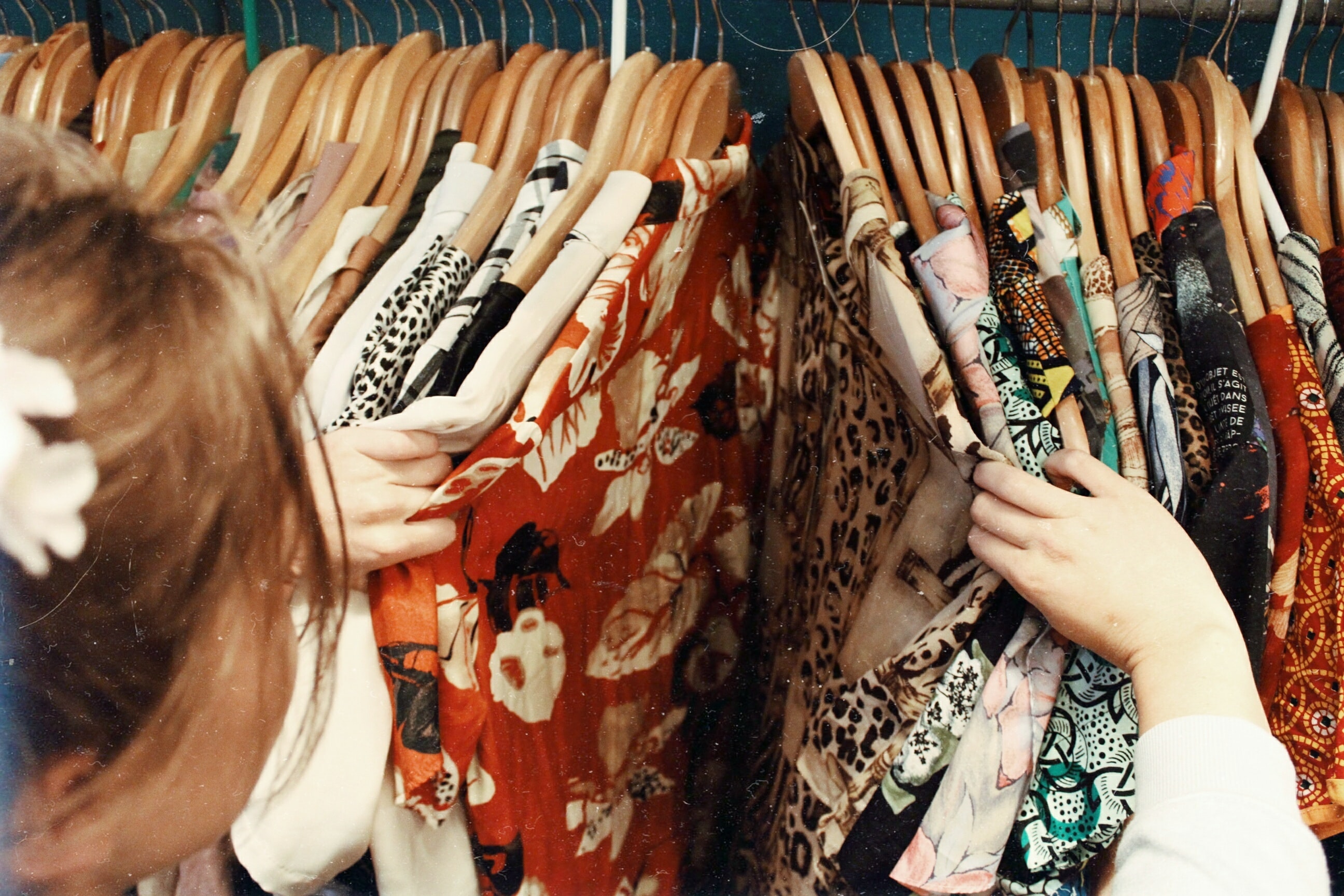How will retail customers behaviour change and how do our entrepreneurs anticipate it?

From creating new behaviour protocols to AI-driven trends forecasts, to enhanced data management, to acceleration of omnichannel services: our entrepreneurs from the heavily impacted Retail sector share how they adjusted their business, seized new opportunities and are preparing the “new normal”.
Chloe Cortinovis
Managing Director, BIENVENUE FACTORY
“COVID has accelerated key transformations that were already progressively taking place in the retail industry. Some companies improved their online sales strategy. For example, Ikea in China made a great move by associating with Alibaba for sales through a Tmall Flagship Store, as the interest for home decoration logically increased with the lockdowns. In the luxury, many brands were timid to do ecommerce before to preserve the exclusive experience which made their brands unique. They are now reviewing their strategy. The brands that already had a strong online presence will concentrate on smooth experience between digital and offline stores, using livestreaming and augmented-reality platform.
With COVID crisis, customers refocused on their essential needs. For instance, the online purchases of fashion dropped. With this return to simplicity and the questionings about overconsumption, the client relationship will evolve. Human relations will be at the heart of it, and digital will be one of the channels, but not the aim in itself. People are missing human connexions, emotions and meaningful interactions. This will offer great opportunities for local shops in terms of loyalty, quality of service and growth. Though, human contact will become complicated, with some customers avoiding the touches.
Today we are working with our clients to get adapted to this “new normal”: creating hygiene and behaviour protocols. We are training sales teams to develop their soft skills: decrypting customers’ emotions, synchronising with their behaviour, responding to high level of stress of new clients, adopting new gestures. For the cosmetics industry not touching customers’ skin will mean reinventing completely sales methods. We are now reimagining the added value that the sales teams will have in stores to nurture client relationship and loyalty.”
—
Claire d’Herbomez
Sales Director Singapore, Heuritech
“Using advanced AI, Heuritech translates fashion images shared on social media into predictive analytics on trends. With COVID-19, our clients are now having a new major problematic: large stocks of products to sell. More than ever before they need to take safe sales bets. We support our clients to analyse future behaviour. Will comfy style stay? Which colours and textures will be trendy? The data that we analyse has sharply increased, as people surf more on social platforms. For example, Instagram registers +70% increase in time spent. So the analysis of these trends gives a real competitive advantage.
I thinks that after the crisis, every brand will like to integrate the AI in the processes to take less risks and be more data driven. The seasons’ cycle will be reorganised and probably reduced. To prepare this future, we are working with brands to either put AI tools in place or to enhance their forecast models.
One positive trend that I would like to share: post-pandemic could be greener than pre. Heuritech analysed that on Instagram #sustainablefashion grew by 5 times in the last 3 years. In 2020 this trend will accelerate with supply chain adjustments and priority to local production.”
—
Bruno Zysman
RetailTech Expert, CEO Dominopos Pte Ltd
“In the region since more than 20 years, I have implemented an O2O platform to improve the footfall of brick and mortar retails, launched in 2016. The platform, Gotomalls.com, operating mainly in Indonesia, had a great success with millions of users every month. Gotomalls embed cutting edge technologies to understand the consumer’s behavior from online to offline and give insights to the brands to help them improving their online campaign to grow the footfall in their physical stores and to be able to measure the impact of those campaigns.
With COVID-19, things have changed, stores have closed and brands are activating their online sales. Those who were already online before the crisis could easily switch their entire business model to online, we just have to look at Apple who was the first giant retail to close all their brick and mortar locations, or Love bonito who was first an online brand which became brick and mortar to complete their sales model.
GotoMalls had to make a switch. Since retail were closing with uncertain reopening date, we decided to make a pivot to help brands to become online for the ones which were not, and to help brands to better sell online for those who were present in market-places or with their own e-commerce sites.
Without abandoning our pre-COVID model, we have now fully integrated our pure “online” model to help retail brands, and we are ready for the after COVID, to help them rebuilt the footfall. The crisis gave us the opportunity to offer a full omnichannel service to the brands which trust us.”
—
Jean-Christophe Bouglé
Co-Founder, Powata
“We develop software solutions for physical retail helping merchandisers or onsite promoters exchange timely information with help of adapted tools.
Since the COVID crisis started, ecommerce is fast growing but retail stores for FMCG got a boom too. With usual processes’ disruption, brands distributed in the FMCG retail stores found themselves with no info about what is going on in the stores and what is sold and where. They have to pay staff to go to the stores and organise reorders.
Today, the retailers’ main focus is the supply chain. No one can concentrate on inessential actions. But after the crisis the data collection will step up. We see that 90% of sales are still done offline. People continue to go to stores despite circuit breaker measures and queues. In this context, the need for more structured information and digitally transmitted data will be ever increasing. So we are already preparing the future and improving existing solutions to scale more.“
Loved this article? Share it with your friends!



